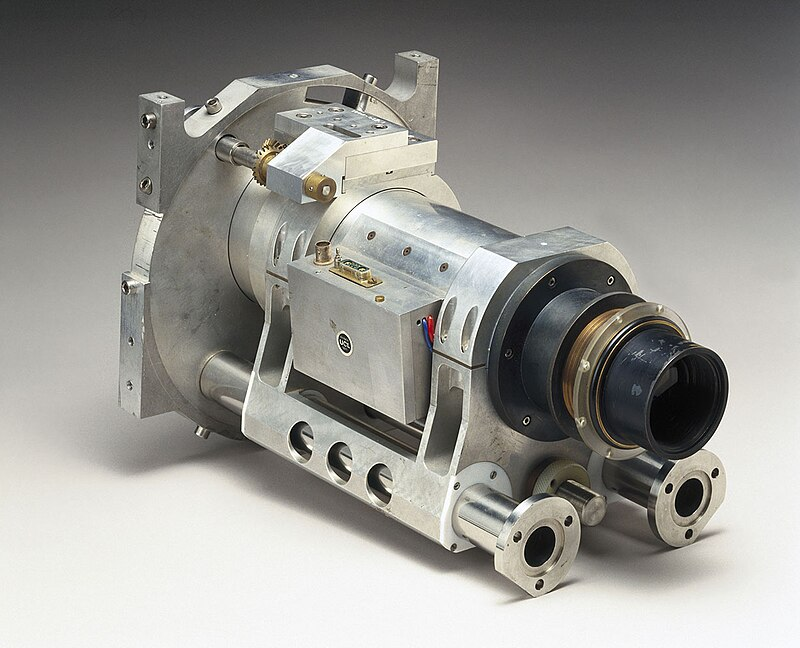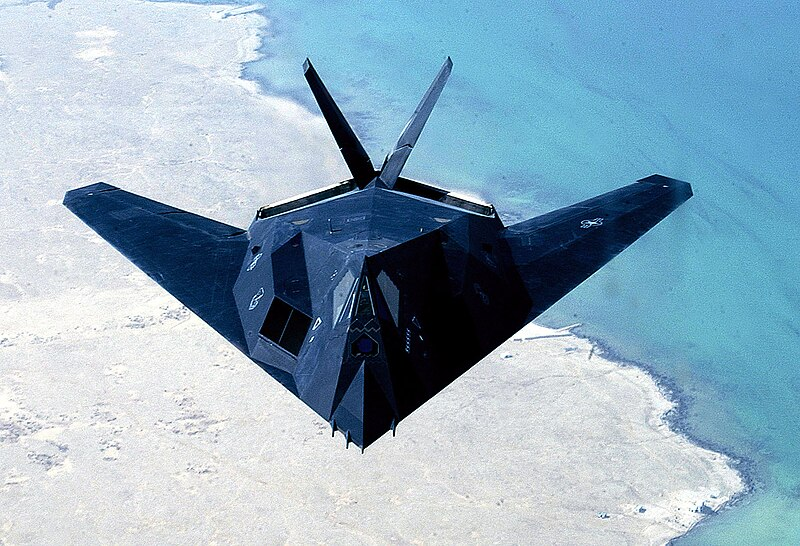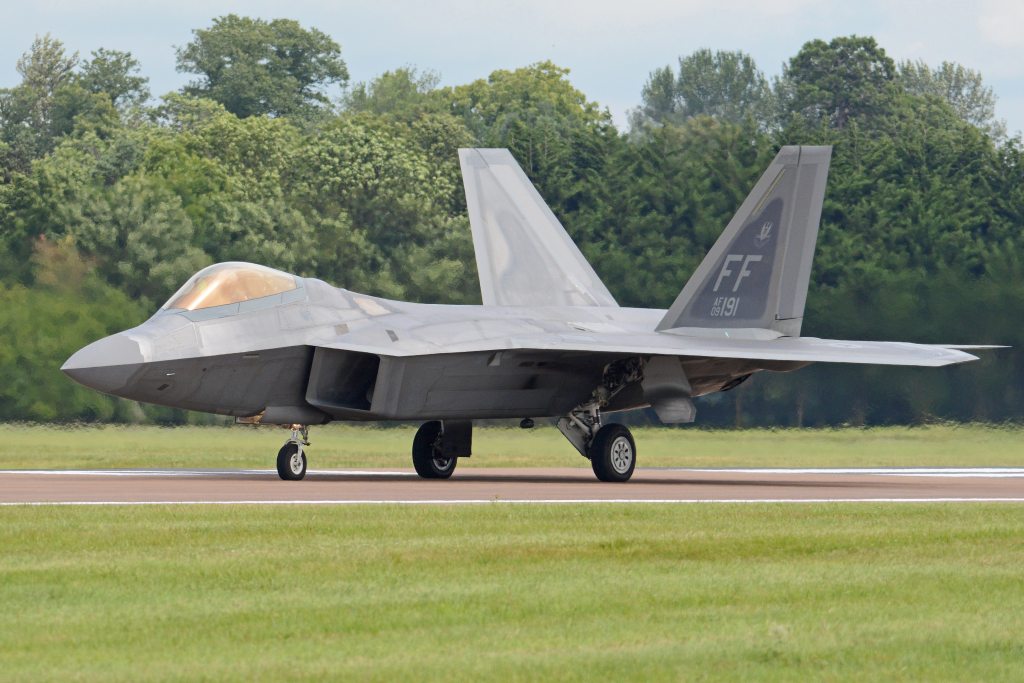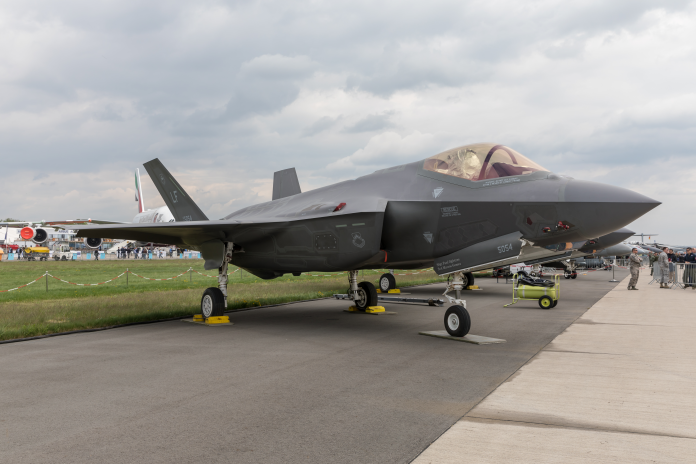
Has stealth at last met its match? For decades, American air superiority has been epitomized by aircraft like the F‑22 Raptor and F‑35 Lightning II, slipping past arrays of radar and attacking before they’re ever sighted. But Chinese claims in recent decades suggest that that advantage may be going away and fast. State-run Chinese media is optimistic about developments in anti-stealth weapons that, if credible, could fundamentally alter Asia-Pacific air power’s delicate balance.

These reports revolve around a device ominously referreed to as a “photon catcher,” a single-photon detector reportedly being mass-produced for quantum radars. Paired with aggressive intercept strategies and integrated sensor arrays, China’s message comes across loudly stealth just isn’t inviolable anymore. Skepticism is reasonable, but more often than not, the specifics betray a strategic effort aimed at upsetting American hegemony over the skies. Here are seven developments being carefully monitored by defense commentators.

1. Mass Production of the ‘Photon Catcher’
China’s Quantum Information Engineering Technology Research Centre, Anhui province, has set out to manufacture what it believes to be the world’s first ultra‑low noise, four‑channel single‑photon detector. This single‑photon catcher, it believes, will detect the lowest reflected signals a solitary photon in noisy conditions. Its efficiency at detection having been increased from 25% to 35%, with compactness being just a scale of one‑ninth of similar installations, it has been designed for installation on different platforms.
Its multi‑channel architecture and high sensitivity enable it to look at multiple angles or wavelengths at once, with relatively few dead spots. Ideally, this feature would perhaps detect stealth aircraft with a radar cross‑section in thousandths of a square meter, negating their invisibility to ordinary radar.

2. Quantum Radar’s Anti-Stealth
Quantum radar is distinct from classical radar in a major way. It uses no dependency on signal strength, but it emits a photon from an entangled pair towards a target, holding back its fellow for reference. If its returned photon confirms its twin, the system establishes a true reflection, regardless of whether the received signal is extremely feeble.
This correlation-based detector withstood spoofing and jamming as attackers cannot produce an idler photon with a definitive quantum state. For planes that are designed to scatter or absorb incoming radar waves, a detector such as this would still discern such planes by correlating a handful of photons that are reflected. Operational ranges for the time being are limited, but this technology holds a potential quantum leap towards low‑observable target tracking.

3.UGHTIntegrated Combat Systems for Stealth Tracking
Chinese official media asserts that an “integrated combat system” now connects low‑frequency ground radars, airborne early‑warning planes such as the KJ‑500, satellites, and fighters such as the J‑16. This interconnected methodology permits information from detection to move between platforms, allowing non‑stealth shooters to engage stealth aircraft.
Even if its own radar cannot detect an F‑22, a shared sensor image might lead a J‑16 to a shooting solution. Such integration also resembles Western thinking such as Joint All‑Domain Command and Control, but with a emphasis on countering stealth. Such a claim reflects China’s aspiration for technological equivalence in sensor fusion and combat control.

4. Aggressive J‑16 Inter
Quoting South China Morning Post, a Chinese PLAAF J‑16 pilot, Li Chao, described intercepting two foreign fighters, estimated as F‑22s, in China’s Air Defense Identification Zone. Report was of close‑range maneuvering, such as flying inverted just 10–15 meters over a US jet, before locking on at both targets. These maneuvers, if true, are extremely aggressive intercept strategies.
More significant, they are presented as evidence that Chinese interceptors possess fire‑control solutions against stealth planes. Though Western analysts question the credibility of such engagements, the anecdote fulfills both domestic propaganda and deterrence signaling.

5. Simulation Claims Against the B‑21 Raider
According to a Chinese research team under Chen Jun at Northwestern Polytechnical University, they conducted a simulation demonstrating that fifth‑generation stealth fighter jets, hypersonic missiles, and AI‑guided tactics would prevail over America’s future B‑21 bomber. The simulation included conformal skin sensors to detect heat signatures as well as electromagnetic signals, wingman drones that were unmanned, as well as missiles with variable‑pulse engines that were solid‑fuel.
Though purely theoretical, it demonstrates China emphasizing multi‑layer security as a way of countering next‑gen US platforms as well as emphasizing artificial intelligence as a way of rapid decision‑making in complicated air combat.

6. Compact Infrared Search-Track Systems
In addition to radar, China is building medium‑wave IR search‑and‑track capabilities that it says will detect at long range the heat signatures of high‑speed aircraft. Medium‑wave IR technology has apparently targeted civilian aircraft at 285 kilometers, discerning shapes, rotors, and engine numbers.
In stealth aircraft such as F‑35 or B‑21, which are dependent upon minimized radar detectability, thermal emissions continue to represent a weakness. Portable IRST units may be installed inconspicuously, including rooftops, generating a distributed awareness grid that rounds out radar coverage.

7. Quantum Radar Limits as well as Challenges
Although quantum radar holds promise, it’s surrounded with principal engineering challenges. It’s hard to preserve quantum coherence for extended ranges since it gets scrambled by air scatters, in addition to thermal noise. Quantum memory for storage of idler photons for subsequent delayed range detection remains experimental with most prototypes requiring cryo cooling. China’s new detector compensates for sensitivity and noise, yet range, stability, and in‑real‑time data processing continue as bottlenecks. For the time being, quantum radar is most aptly described as inching towards early industrial maturity, with deployable operations still likely years off. China’s anti-stealth narrative combines real technological advances with strategic signaling.

Photon catcher and quantum radar ideas are technically interesting, and integrated sensor nets might represent serious US air power challenges. Most of these technologies, though, are unproven beyond controlled conditions. For defense planners, that conclusion is ineluctable stealth no longer confers a hard edge, and counter-stealth innovation accelerates. Whether such systems will really hobble aircraft like the F‑22 or B‑21 in combat will turn on how fast engineering thresholds are transcended as fast as both sides adjust tactics.


